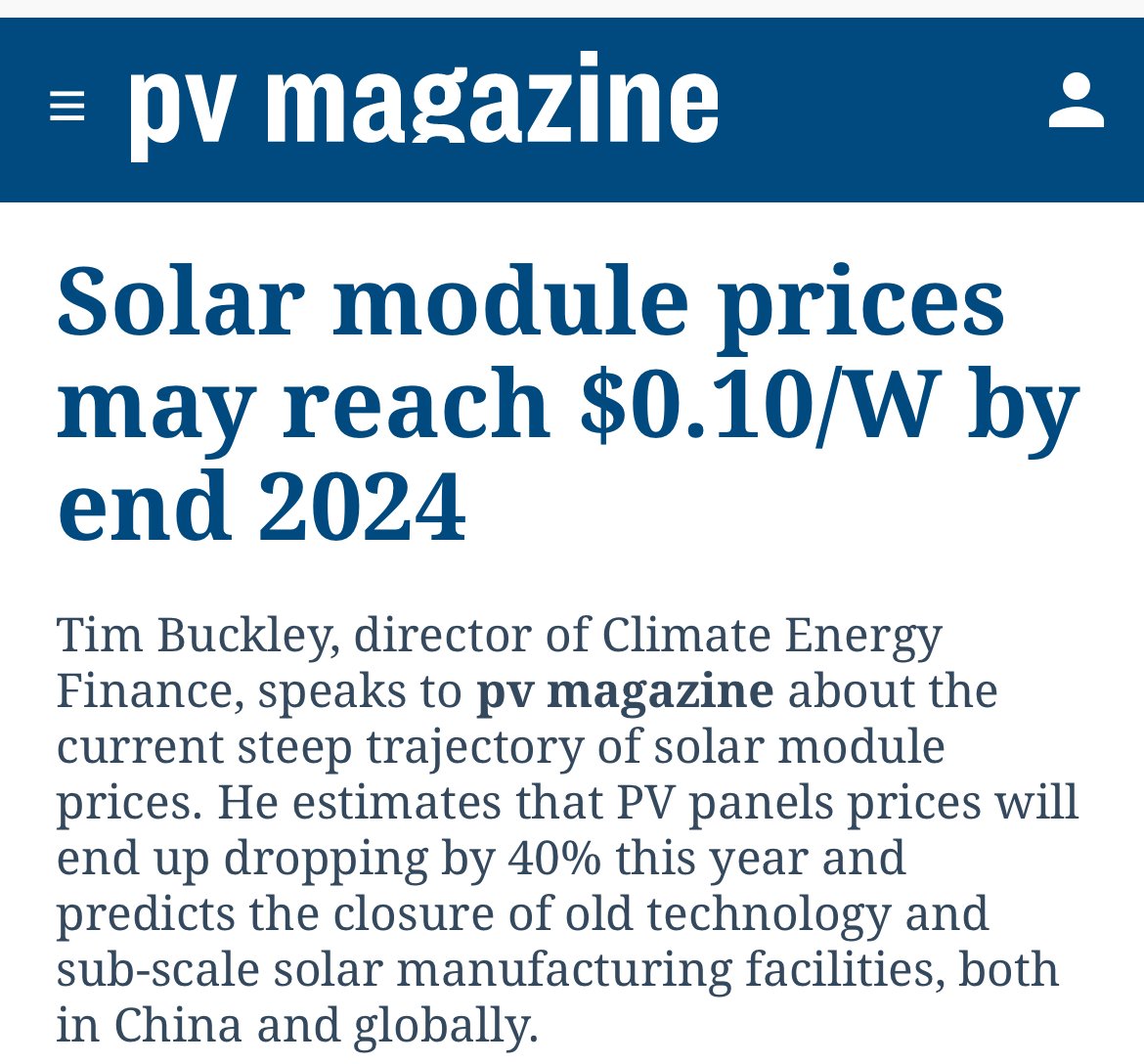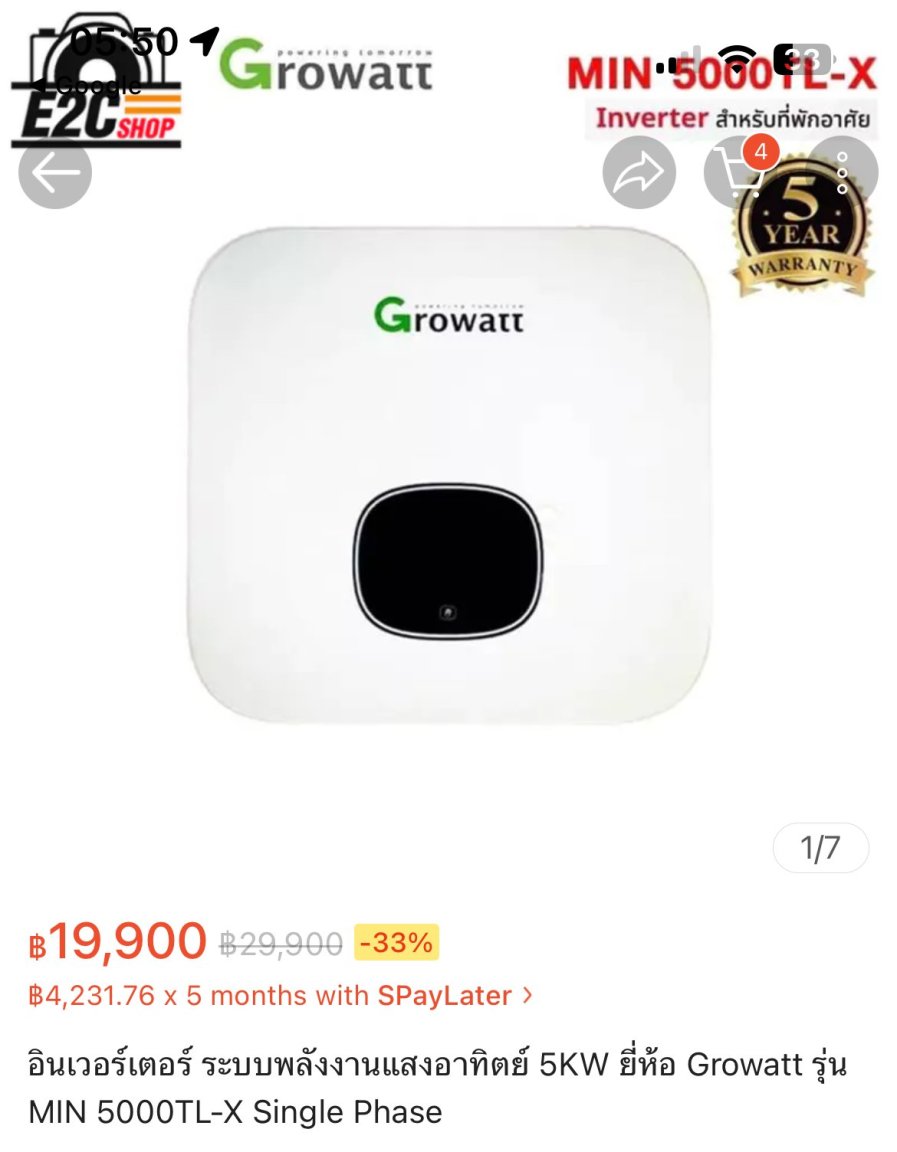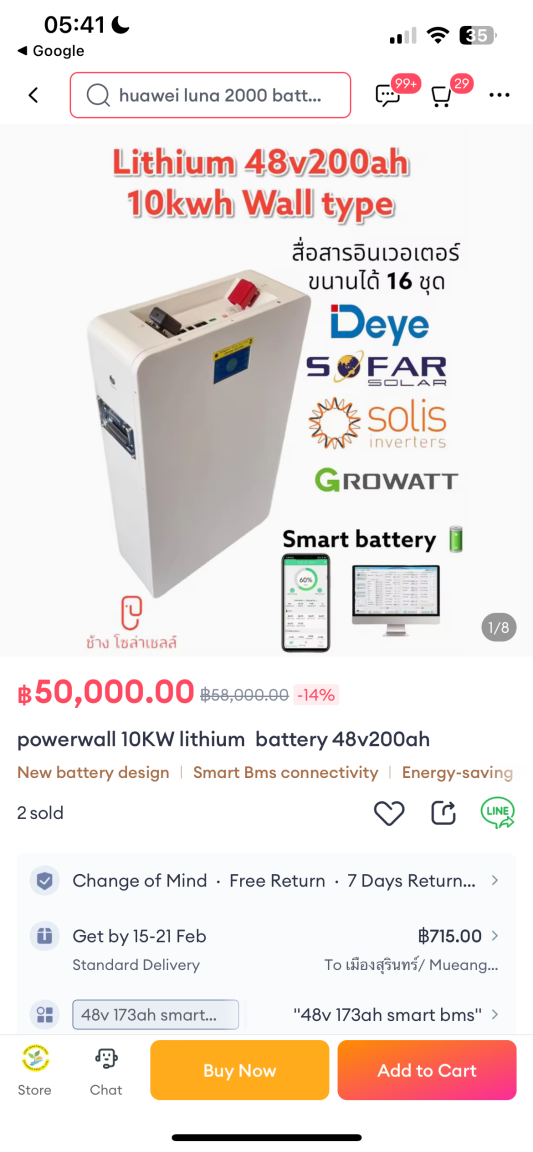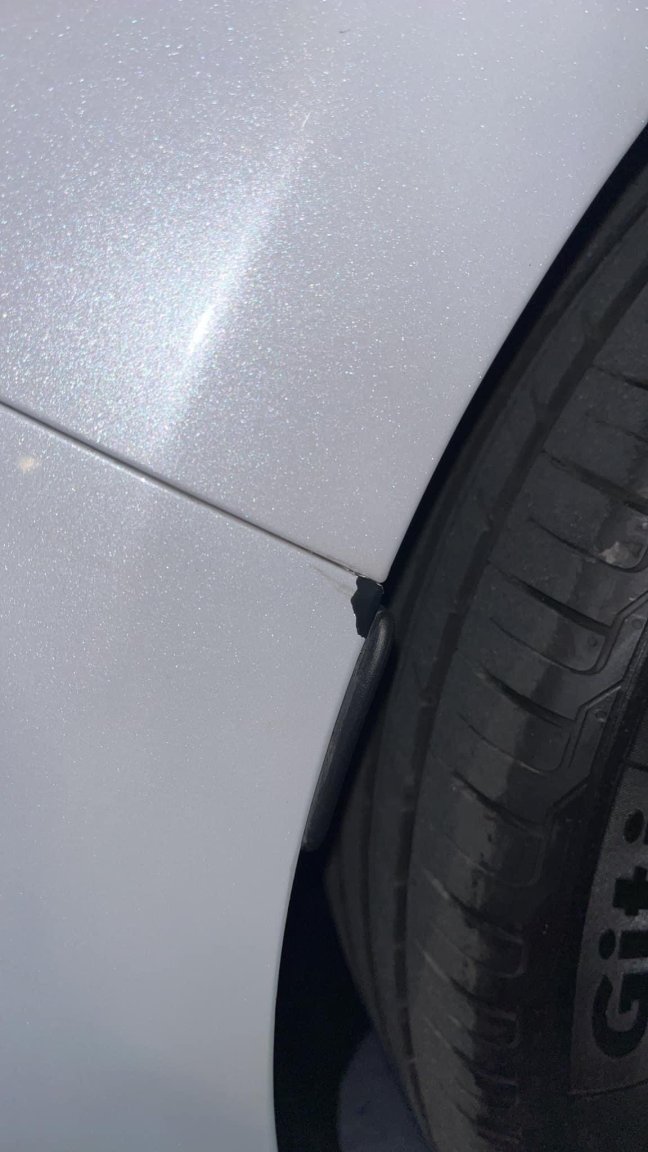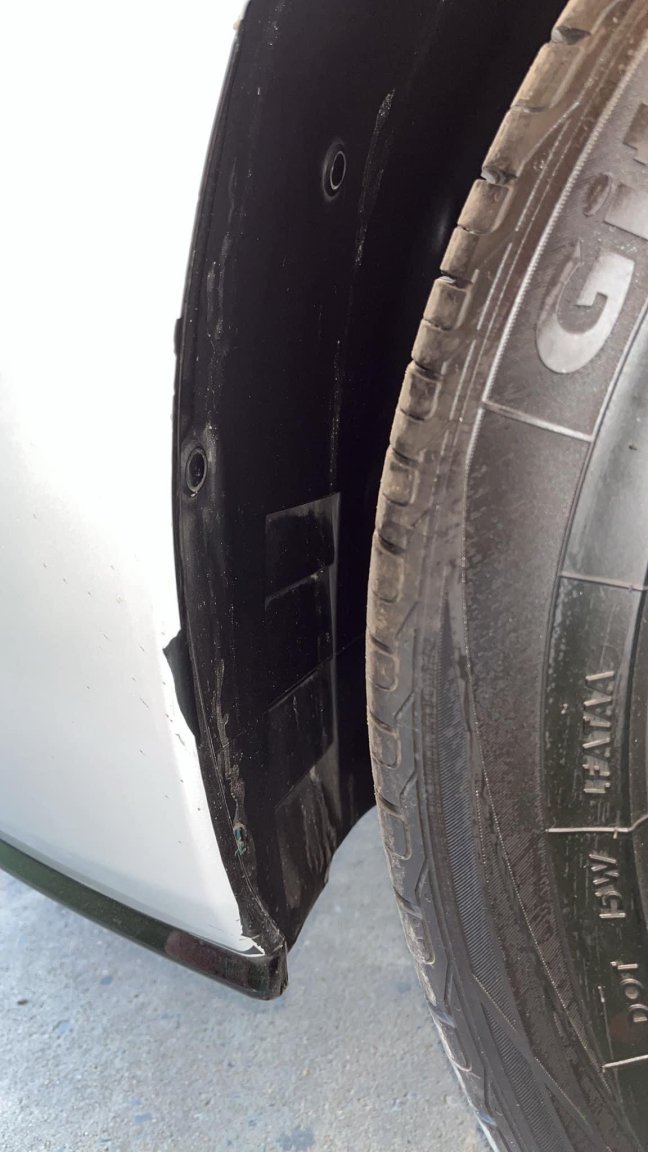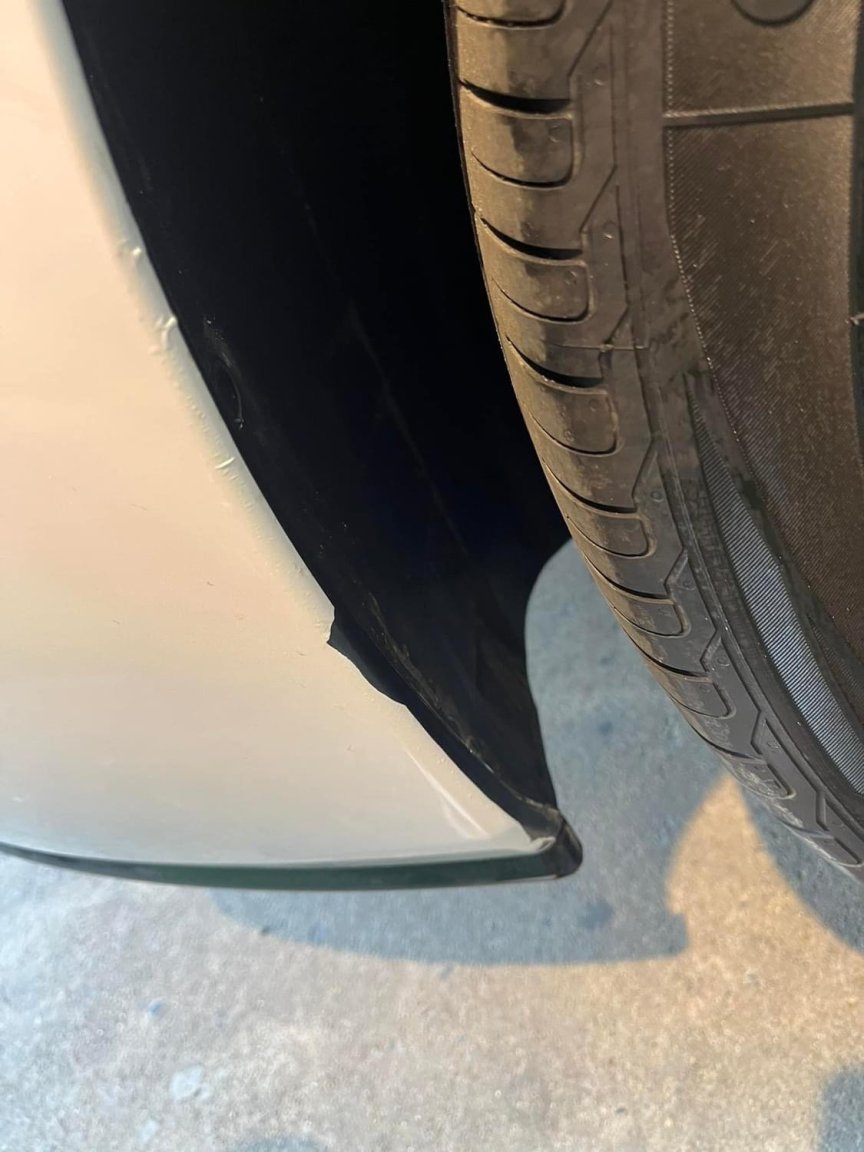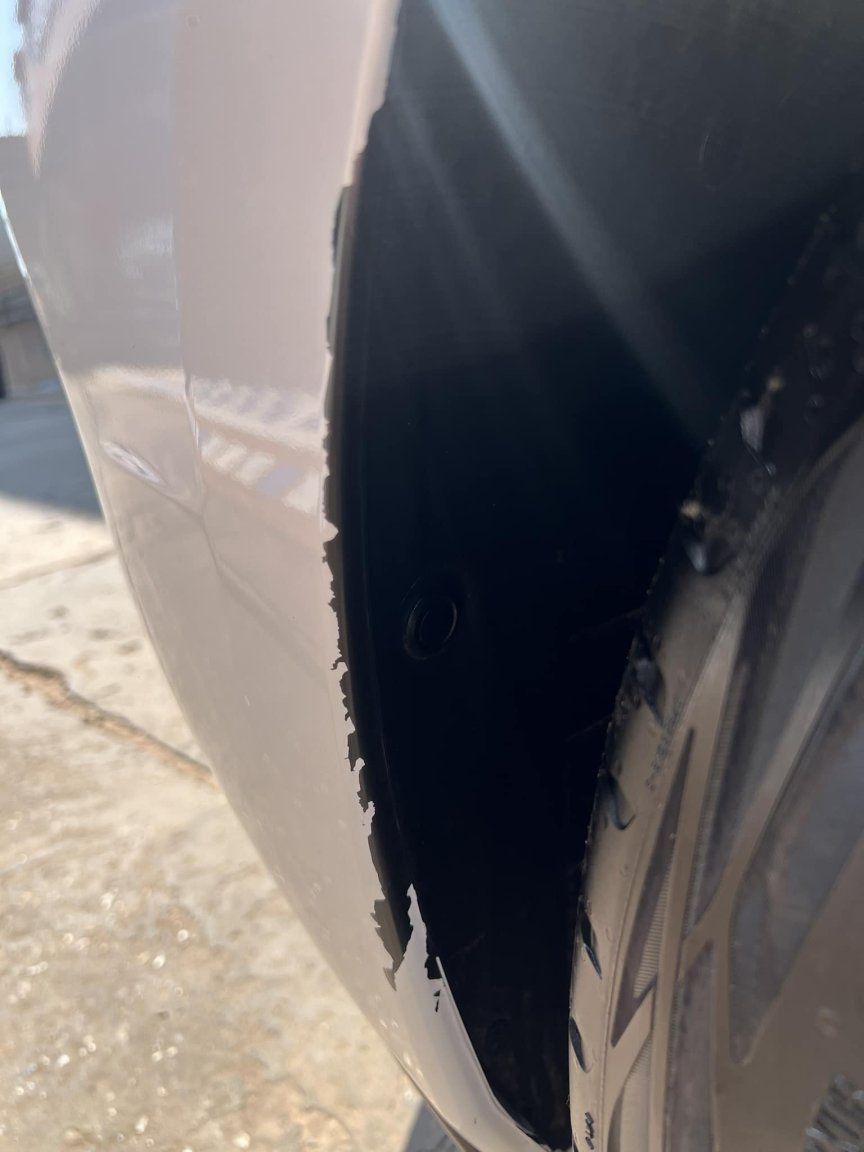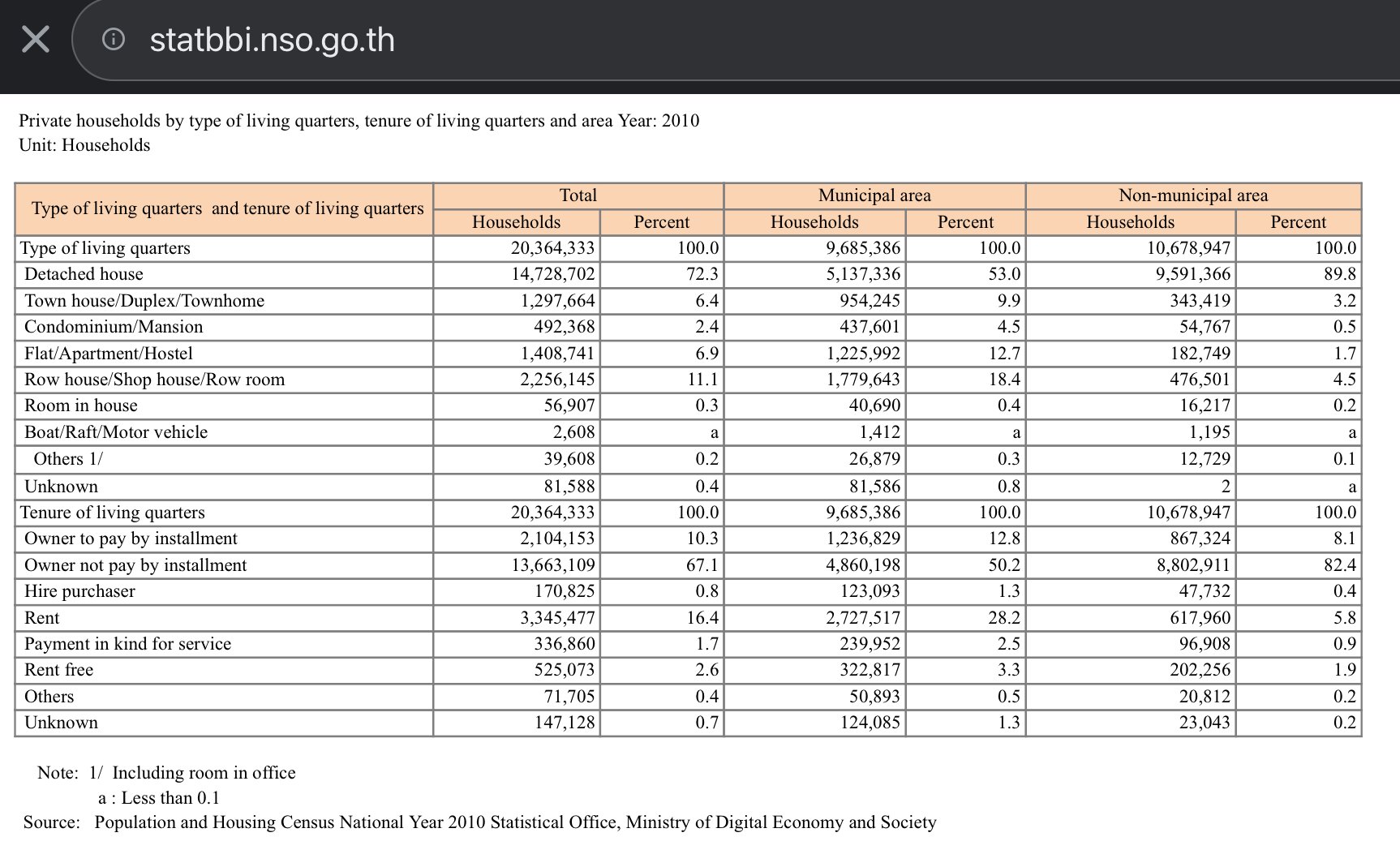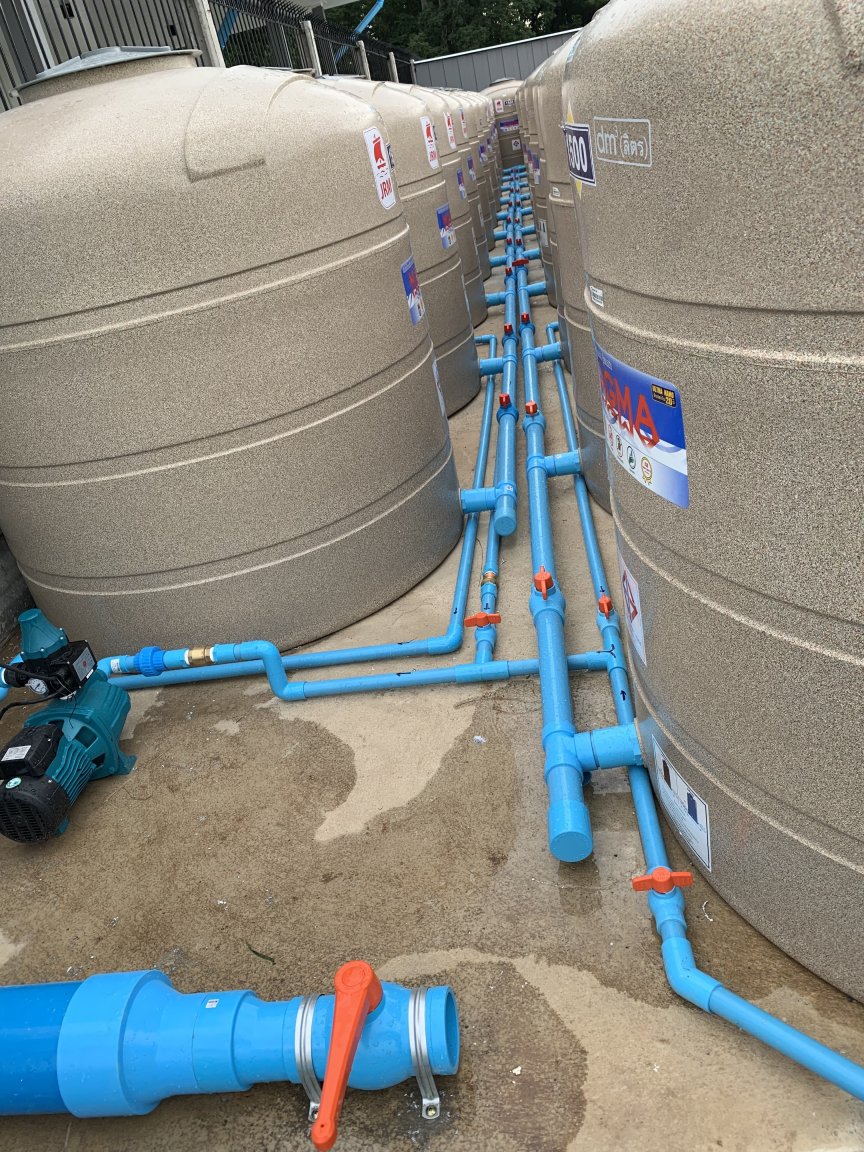-
Posts
2,469 -
Joined
-
Last visited
Content Type
Events
Forums
Downloads
Quizzes
Gallery
Blogs
Everything posted by Bandersnatch
-
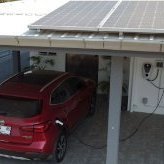
BYD Seal tips, tricks and help
Bandersnatch replied to macahoom's topic in Thailand Motor Discussion
Good to know, thanks for that. I think that will be my plan. Maybe BYD will come up with a fix for repairing damage to the small plastic areas, because the rest of the car seems fine. -
The solar panels will provide power during daylight hours. If your household load a night is about 500 watts, the battery should see you through the night. Installation is very difficult to estimate, because it varies so much based on the site and what ancillary equipment you use. Such as rails, brackets, cables and breakers. I think ฿20,000 would be a reasonable quote.
-

My Last Electric Bill, Ever!
Bandersnatch replied to Bandersnatch's topic in Alternative/Renewable Energy Forum
I felt the falling price of solar deserves it’s own topic https://aseannow.com/topic/1319773-solar-power-is-cheap-and-it’s-going-to-get-even-cheaper-very-soon/ -
Don’t listen to the barstool experts when they talk about solar being too expensive, they’re wrong - they usually are. https://www.pv-magazine.com/2023/11/23/solar-module-prices-may-reach-0-10-w-by-end-2024/ Tier one solar panels are already at ฿6.5/Watt Inverters are already as low as ฿4K per kW Batteries are already at ฿5k per kWh with expectations to see further substantial falls this year So just using the prices quoted above 5kW of Solar = ฿32,000 5kW Inverter = ฿20,000 10kWh Battery = ฿50,000 Total cost = ฿102,000 or ฿52,000 without the battery
- 159 replies
-
- 14
-

-

-

-

-

-

My Last Electric Bill, Ever!
Bandersnatch replied to Bandersnatch's topic in Alternative/Renewable Energy Forum
I have already shared my payback. Using these figures for your example of 10kWh/day usage 5,000 watts of PV @ ฿5/W = ฿25,000 5kWh of BESS @ ฿5k/kWh = ฿25,000 5kW of Inversion @ ฿5k/kW = ฿25,000 Total cost (not including installation and ancillaries) = ฿75,000 Savings PEA Bill 3,650kWh/yr @ ฿5/kWh = ฿18,250/year Payback = 4 years Or Total cost including installation and ancillaries (estimated) = ฿100,000 Savings PEA Bill 3,650kWh/yr @ ฿5/kWh = ฿18,250/year Payback = 5.5 years -

BYD Seal tips, tricks and help
Bandersnatch replied to macahoom's topic in Thailand Motor Discussion
This guy put a wrap on, didn’t like it but it took the paint off when he pealed off the wrap https://www.facebook.com/share/p/6sczZMvBoCCvqrcN/?mibextid=I6gGtw -

My Last Electric Bill, Ever!
Bandersnatch replied to Bandersnatch's topic in Alternative/Renewable Energy Forum
"I would think these stats have changed alot" 10% in 2010 and you think it is now over 50% But no evidence offered to support your thinking. -

BYD Seal tips, tricks and help
Bandersnatch replied to macahoom's topic in Thailand Motor Discussion
Mr Stuck Record - sorry Photo taken after car wash https://www.facebook.com/groups/bydsealthailand/permalink/230545010048178/ -

Made in Thailand: The redflow battery
Bandersnatch replied to Muhendis's topic in Alternative/Renewable Energy Forum
6 years ago while I was researching battery options I contacted Redflow and they gave me details of their reseller here in Thailand. Items manufactured in Thailand but made in factories located in free trade zones which are designed to encourage exports are treated as imported when they enter Thailand proper and taxed as such. I was quite interested in Redflow’s ZBM2 10kWh zinc-bromine flow battery made in Thailand. The price to purchase after it had been shipped from Thailand to Australia was ฿260,439 but in Thailand where it was manufactured, the price was ฿550,000 I bought some cheap deep cycle gel batteries instead and a few years later paid ฿69,000 for an equivalent sized LFP battery. -

My Last Electric Bill, Ever!
Bandersnatch replied to Bandersnatch's topic in Alternative/Renewable Energy Forum
This is a common misconception made by visitors to Thailand that only see the big cities and resort towns. In fact the vast majority of Thais live in detached houses giving plenty of opportunities for adding solar. -

My Last Electric Bill, Ever!
Bandersnatch replied to Bandersnatch's topic in Alternative/Renewable Energy Forum
Phone batteries and EV batteries are not the same. Leave your phone out in the sun here for a few minutes and it shuts down. EVs have active cooling. My car has a 580km range when it is new. The warranty on the battery is 8 years or 160,000km. If the capacity drops to less than 70% in that time (worse case scenario) the battery will be replaced. So after 8 years it will still have over 400km of range and fast 150kW charging speed. At home you will be slow charging using a 7kW wall charger compared to 150W DC rapid charger. So heat will not be a problem. When DC charging active cooling is working and charge speeds can slow if the temperature rises to much, although I have never experienced this unless charging over 80%. If you are really interested in EVs in Thailand, I started a discussion: -

My Last Electric Bill, Ever!
Bandersnatch replied to Bandersnatch's topic in Alternative/Renewable Energy Forum
I have 2 Thai friends who have solar businesses and sell almost exclusively to Thais and they are very busy. Haven’t you seen solar panels for sale everywhere? Or maybe you don’t get out much. This is the solar group my wife is in and it has 180,000 members The comment you made about my car was also incorrect. The BYD Seal was the second best selling EV last month in Thailand, they sold over 3,000 -

My Last Electric Bill, Ever!
Bandersnatch replied to Bandersnatch's topic in Alternative/Renewable Energy Forum
Are you going to provide any evidence to support that statement? You clearly don’t have solar and yet you are posting in the Alternative/Renewable Energy Forum where many of us here have had solar for years. -

My Last Electric Bill, Ever!
Bandersnatch replied to Bandersnatch's topic in Alternative/Renewable Energy Forum
6 years on no rats - the snakes eat them all -

My Last Electric Bill, Ever!
Bandersnatch replied to Bandersnatch's topic in Alternative/Renewable Energy Forum
In Europe an East West orientation corresponds with peak demand and low solar supply on the grid. Bi-Facial solar panels make up for low production in the middle of the day with effectively being 2 panels. There are some suggestion that they are cooler and so are more efficient, but 700% more efficient I’m not sure about that. A couple of years ago I made a video on which direction should your solar panels face. Normal air-cons are AC, I think you meant DC. I briefly investigated them during my build. They are very much more expensive than conventional air-cons as they are a bit of a niche product. If the sun goes in the power will drop, so it is recommended to pair them with batteries. It’s now getting very expensive. A 5kW inverter will only cost you ฿25k so you’re not saving much. So equivalent to 5 conventional 4mx4m rooms with all the added heat from the kitchen and I am guessing not much insulation or a good air seal? Wouldn’t want to guess what your BTU requirement would be but it’s going to a lot -

My Last Electric Bill, Ever!
Bandersnatch replied to Bandersnatch's topic in Alternative/Renewable Energy Forum
I have a rainwater harvesting system that provides drinking water and household water and 2 filter systems to provide the different qualities of water. All Grey and Black water is processed and returned to the garden Thanks to Ruben from http://www.h2o.in.th/ -

My Last Electric Bill, Ever!
Bandersnatch replied to Bandersnatch's topic in Alternative/Renewable Energy Forum
I had solar thermal since before I installed solar. It is a very efficient way to heat water and protects you from very high energy demand spikes. A 6kW water heater draws nearly as much power as my EV (7kW) -

My Last Electric Bill, Ever!
Bandersnatch replied to Bandersnatch's topic in Alternative/Renewable Energy Forum
Did you watch the video? In case you didn’t I showed my electric bill for all of last year and it showed zero units used, when I had 36kWh of solar batteries I now have an EV with an additional 82.5 kWh of backup power. I have provided evidence that I can operate without the grid on 36kWh so why do so many people think I won’t be able to on 118kWh? -

My Last Electric Bill, Ever!
Bandersnatch replied to Bandersnatch's topic in Alternative/Renewable Energy Forum
5 years 70% -

My Last Electric Bill, Ever!
Bandersnatch replied to Bandersnatch's topic in Alternative/Renewable Energy Forum
You should watch my other videos on my channel about how I setup V2L. Basically I used a transfer switch to select between 2 sources of ac power input. In your case the grid and V2L. Set your inverter to SBU (solar first, then Battery, then Utility) with Utility if there is no V2L it will switch to PEA/MEA I have single phase so I can’t say for certain that it would work. Does your inverter have the option to accept a generator input? -

My Last Electric Bill, Ever!
Bandersnatch replied to Bandersnatch's topic in Alternative/Renewable Energy Forum
-

My Last Electric Bill, Ever!
Bandersnatch replied to Bandersnatch's topic in Alternative/Renewable Energy Forum
I have documented my experiences with PEA over the years on this forum. I have been accused of spinning my meter backwards (to the exact same reading every month) Each time I asked for a digital solar meter that cannot be turned back. I have been accused of breaking their meters with my big bad off-grid solar system. I have had about 20 meetings with PEA Surin at their main office over the years. I have had my solar system inspected 4 times including by the Solar Team from PEA Korat, who tried to explain to the local office that my system is off-grid and physically cannot send power out to the grid. Over the years staff change. Every time I get a new meter reader, I get a new meter. -

My Last Electric Bill, Ever!
Bandersnatch replied to Bandersnatch's topic in Alternative/Renewable Energy Forum
I have had solar for over 5 years and not had to replace anything yet. -

My Last Electric Bill, Ever!
Bandersnatch replied to Bandersnatch's topic in Alternative/Renewable Energy Forum
At todays prices: Main Components: 20,000 Watts of PV @ ฿5/W = ฿100,000 36kWh Batteries @ ฿5k/kWh = ฿180,000 20kW of Inversion @ @ ฿5k/kW = ฿100,000 = ฿380,000 Savings: PEA saving ฿5,000/month Fuel saving for 2 drivers and 2 vehicles ฿4,000/month (based on Previous usage) = ฿108,000/Year saving Payback = 3.5 Years - after which free electricity and driving -

My Last Electric Bill, Ever!
Bandersnatch replied to Bandersnatch's topic in Alternative/Renewable Energy Forum
Did you watch the video I posted in my opening post?


